
“The successful free to play games are selling positive emotions. Not content.” – Nicholas Lovell
“It should be the experience, that is touching. What I strive for is to make the person playing the game the director.” – Shigeru Miyamoto
SUMMARY
This week I have learned about the folders in Construct 3. I also learned about M.D.A and how it works.
CLASSROOM (THEORY & ANALYSIS)
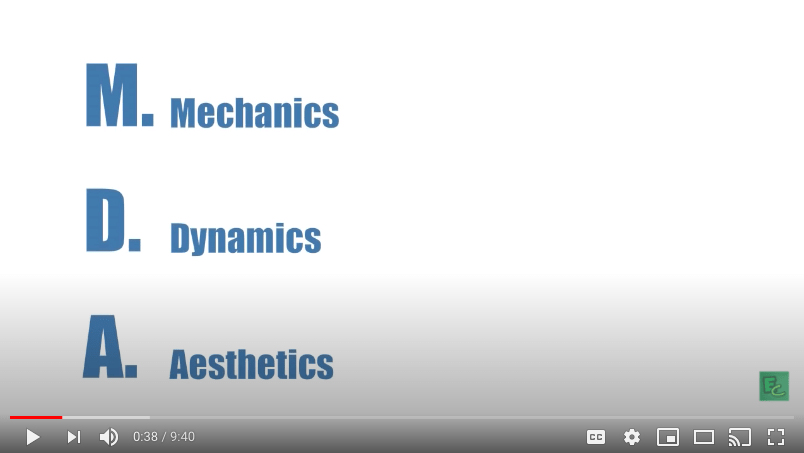

MDA Notes
- Mechanics I learned that this stage is where all the rules and data are. This is every action that happens in the game.
- Dynamics This is where certain things interact with player input and where the mechanics work together.
- Aesthetics This is the visual and audio wow factor. This is the player’s emotional responses to a game.
- Eight Type of Aesthetics
- Sensation (Game as sense-pleasure): Player enjoys memorable audio-visual effects.
- Fantasy (Game as make-believe): Imaginary world.
- Narrative (Game as drama): A story that drives the player to keep coming back
- Challenge (Game as obstacle course): Urge to master something. Boosts a game’s replayability.
- Fellowship (Game as social framework): A community where the player is an active part of it. Almost exclusive for multiplayer games.
- Discovery (Game as uncharted territory): Urge to explore game world.
- Expression (Game as self-discovery): Own creativity. For example, creating character resembling player’s own avatar.
- Submission (Game as pastime): Connection to the game, as a whole, despite of constraints.
LAB (THEORY PRACTICED)
Brainstorm Ideas for Each of the Eight Categories
- Sensation (Game as sense-pleasure): The player enjoys memorable audio-visual effects.
- Something that satisfies the player’s mind through visual things and great audio.
- Fantasy (Game as make-believe): Imaginary world.
- A world where things can go wild and many things to do.
- Narrative (Game as drama): A story that drives the player to keep coming back
- A compelling story that the players get to connect with the characters in the game.
- Challenge (Game as obstacle course): Urge to master something. Boosts a game’s replayability.
- A game where there is a big goal, but there are fun and challenging obstacles to overcome.
- Fellowship (Game as social framework): A community where the player is an active part of it. Almost exclusive for multiplayer games.
- A game that the players progressively gets better stats or gear against many others through missions. Or they can go coop against a boss or a mission.
- Discovery (Game as uncharted territory): Urge to explore the game world.
- A world where you start off in a place and the player must explore the world to find many things.
- Expression (Game as self-discovery): Own creativity. For example, creating a character resembling player’s own avatar.
- A game where the player gets to design their own characters and maybe even connect with other players.
- Submission (Game as pastime): Connection to the game, as a whole, despite of constraints.
- This is where players get on to an addictive game in their pastime. Like an infinite way to play the game (Like Crossy Road or Subway Surfers).
OUTSIDE (CREATIVITY, PRODUCTIVITY & THE BRAIN)
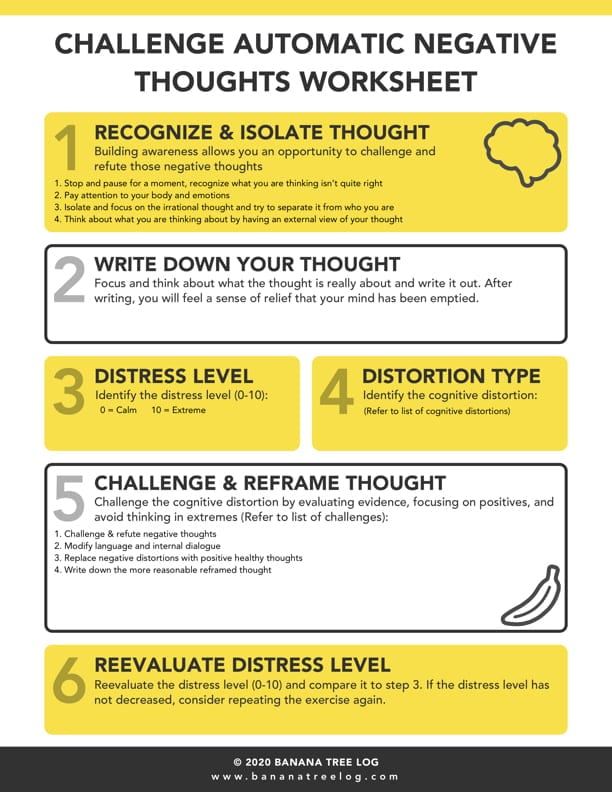

- I learned some ways to get rid of our negative thoughts by converting them into positive thoughts. I usually don’t have any negative thoughts. Whenever I do, I sometimes get my mind off of it by playing games. Games help me get rid of any stress and worries. Or I would just do what I have to do like just doing that math homework.
STUDIO (CREATIVITY)
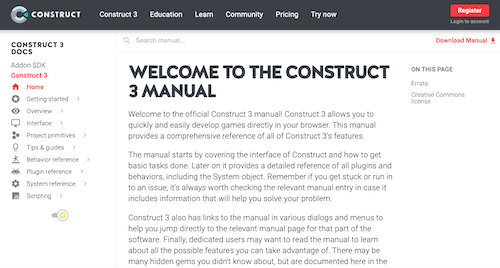
- Set a timer
- Spend 30 minutes in this ‘room’
- Read the Construct Manual Sections
- Home
- Getting started
- Overview
- Interface
- Project primitives
- Tips & guides
- Behavior reference
- Plugin reference
- System reference
- Scripting
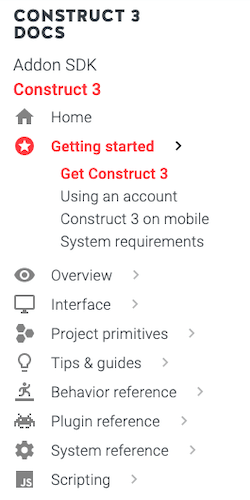
- Read the Construct Manual Sections
- I learned that Java and Javascript is a totally different thing. I also learned about the ways we can have the player move in the game.
CONTROL ROOM (PRODUCTION)
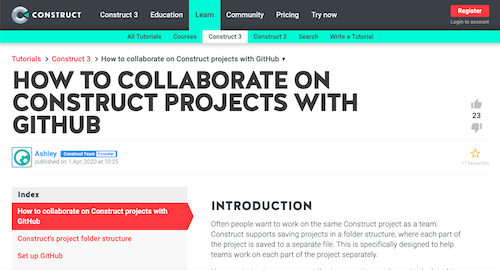
- I learned that Construct 3 has a way for a group to work effectively through folders for the clients while the leader has the master copy.
WHAT I LEARNED and PROBLEMS I SOLVED
- I learned about the folders in Construct 3. A problem I solved was when a game wouldn’t load correctly. So I had to uninstall then reinstall.